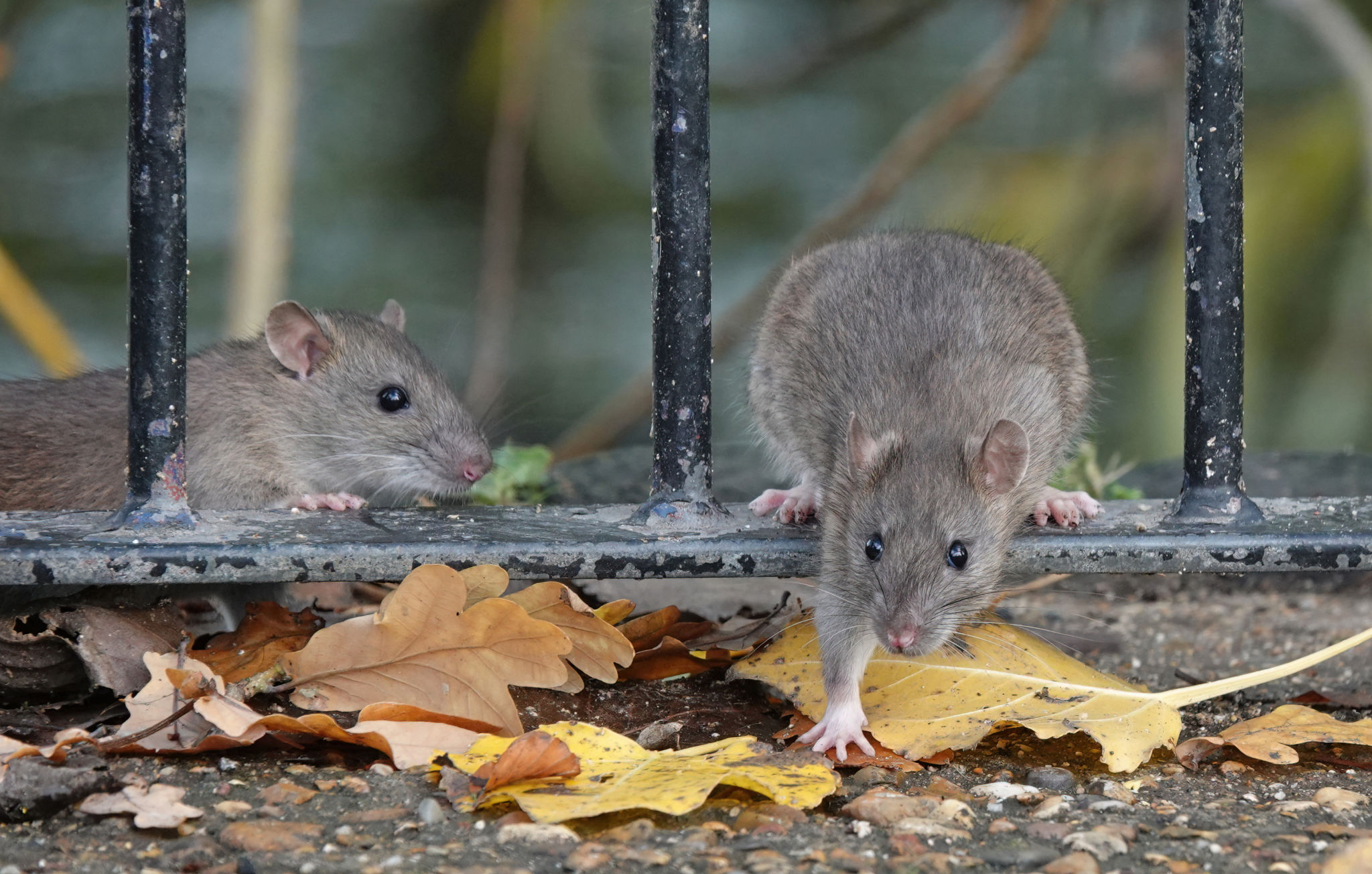Myth-Busting: Common Misconceptions About Wildlife Control in Wildwood
Understanding Wildlife Control
When it comes to wildlife control, there are many misconceptions that can lead to ineffective or even harmful practices. It's essential to understand the reality behind these myths to ensure that both humans and wildlife coexist safely in Wildwood. Let's explore some common misconceptions and uncover the truth.

Myth 1: Wildlife Control Means Extermination
A prevalent myth is that wildlife control equates to extermination. In reality, modern wildlife control focuses on humane practices that prioritize relocating animals rather than harming them. The goal is to manage wildlife populations responsibly while respecting the ecological balance.
Professionals often use non-lethal methods such as trapping and relocating animals to more suitable habitats. These efforts help maintain biodiversity and protect endangered species from unnecessary harm.
Myth 2: DIY Wildlife Control is Effective
Another misconception is that handling wildlife issues on your own is a viable option. While some minor issues can be managed, professional intervention is often necessary for effective wildlife control. Professionals possess the expertise and tools needed to address the specific needs of different species.

Moreover, attempting to handle wildlife without proper knowledge can be dangerous, leading to injuries or worsening the situation. Hiring skilled wildlife control experts ensures safe and efficient problem resolution.
Myth 3: All Wildlife is Harmful
Many people believe that all wildlife poses a threat to humans and property. However, most wildlife is not inherently dangerous. Understanding the behaviors and habits of local species can help alleviate unfounded fears and encourage coexistence.
Some animals, such as bats and bees, play crucial roles in pollination and pest control. Recognizing the benefits of these creatures can foster a greater appreciation for the natural world.

Myth 4: Wildlife Control is Unnecessary in Urban Areas
It's a common belief that urban environments are free from wildlife issues, but this is far from true. Urban areas can attract various species seeking food and shelter, leading to potential conflicts. Effective wildlife control is essential even in cities like Wildwood to prevent damage and disease transmission.
Implementing preventive measures such as securing trash bins and sealing entry points can significantly reduce wildlife encounters in urban settings.
The Importance of Education and Awareness
Dispelling myths about wildlife control is crucial for fostering a more informed community. Education and awareness campaigns can help residents understand the importance of humane practices and the role they play in maintaining ecological balance.

By promoting accurate information, we can work towards a harmonious coexistence with wildlife, ensuring both human safety and animal welfare are prioritized.